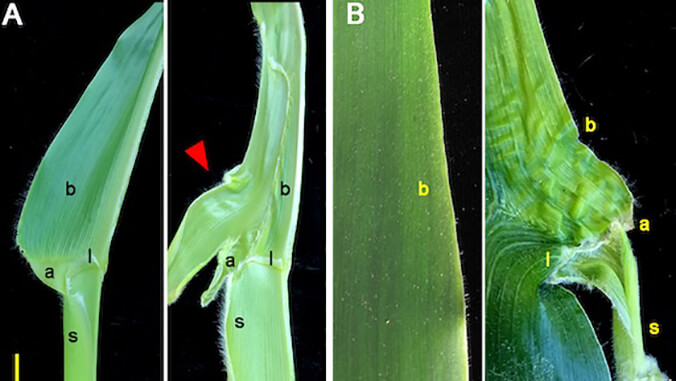
Why and how do plants grow the way they do, and can we change them? A researcher from the University of Hawaiʻi at Mānoa’s College of Tropical Agriculture and Human Resources (CTAHR) sought answers for more than 25 years and his findings prove that it’s possible.
Michael G. Muszynski from CTAHR’s tropical plant and soil sciences department has worked to better understand the molecular mechanisms of different plant processes, from plants’ flowering time to drought sensing and response to plant yield components. Now he is researching how the shapes of plant leaves can be altered through the plant hormone cytokinin.

By studying a mutant form of corn with misshapen leaves, Muszynski discovered that the altered shapes are due to increased cytokinin levels. He was able to artificially replicate the effect in normal-shaped corn by upping the cytokinin which could potentially change the shapes of fruits and flowers as well.
“This type of information helps us understand what developmental control systems we can modify to improve traits in crops that already exist or to ‘domesticate’ new crops from wild species,” Muszynski explained. “This work shows the power of bringing together ‘wet lab’ molecular experiments, greenhouse studies and genetics nursery field work to tackle big questions in plant biology.”
His paper, “The Maize Hairy Sheath Frayed1 (Hsf1) Mutation Alters Leaf Patterning Through Increased Cytokinin Signaling,” will appear in the May issue of The Plant Cell and will be honored as one of the best in its category by being summarized in the “In Brief” section of the journal.

